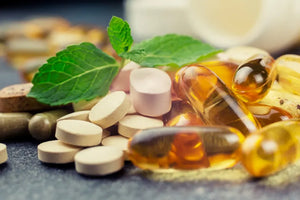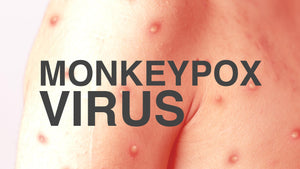
Dos and Don’ts – Minor Burns
Even though safety is the prime concern in our domestic lives, every now and then someone might get burned due to a minor accident. Fortunately, they are simple to treat if you know what to do. Antibiotics and complicated dressings are unnecessary, whereas, cleaning the wound and covering it with bactigras (if required) and ensuring the comfort of the patient is essential.
Before we discuss the dos and don’ts in case of a minor burn, let’s understand the degrees of burns.
- First Degree – causes minimal pain, swelling, and redness due to short exposure to fire and hot liquids. It is a surface burn and usually superficial. Even though the skin might turn tender and the patient might witness peeling within 3 days, it doesn’t cause a blister
- Second Degree – cause redness, considerable pain, and a blister. Exposure to chemical-induced flames and steam; high temperatures lead to second-degree burns. These types of burns warrant medical treatment and might take up to 4 weeks to heal
- Third Degree – deep burns come under the third-degree burns and might require skin grafts. The burn leads to charred black skin; all the layers of the skin are burned. Medical attention is required immediately.
Dos
- The burned area must be uncovered; any cloth around the affected area must be removed
- Put the affected area under running water to cool it. Alternatively, get a bowl of cool water and submerge the burned area in it for at least 10 minutes to reduce the pain
- If any blister has formed, let it be and make sure that it is not disturbed
- Apply an appropriate ointment on the burn and cover it with sterile gauze. The dressing is supposed to guard the affected area and avoid infections
- You may take a pain killer if the pain is unbearable. However, make sure that you consult a doctor before taking a medicine
- If required, see a doctor immediately
Don’ts
- Do not apply an ice pack to the affected area. Holding the area under running water is advisable
- Under any circumstance, do not apply oily substances on the area. Do not let it come in contact with greasy or buttery substances
- Do not apply toothpaste on the affected area. Use an ointment made for burns
- Do not cover the burn with cotton or fluffy dressing. Only sterile gauze should be used for dressing
- Do not touch or try to burst the blister as it is a natural way to protect the burned site from infections
- If a piece of clothing is stuck to the burned site, do not attempt to remove it. Consult a doctor immediately
You should ensure that the burn is seen by a doctor at the earliest. If the burn is severe, a scalp vein set might be needed to administer IV fluids to the body, which will be monitored by professionals.







